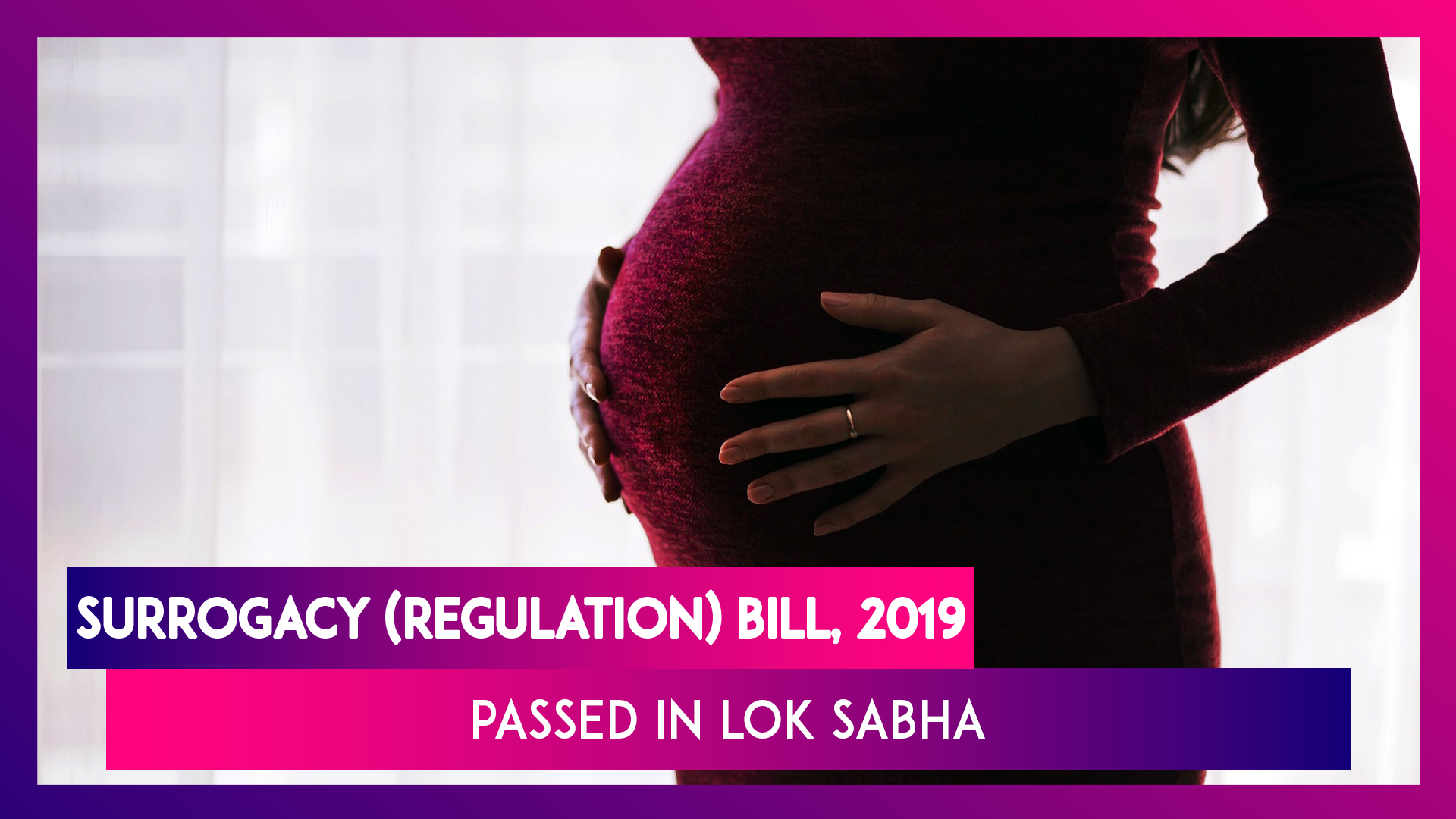
by Ashna D and Arya Warrier 15 September 2019
The Lower House of the Indian Parliament, the Lok Sabha, passed the Surrogacy (Regulation) Bill, 2019 in August by a voice vote. [1] The Bill places a blanket ban on all forms of commercial surrogacy, promotes a model of altruistic surrogacy and imposes penal sanctions on individuals who violate it. [2] However, there are a few provisions of this Bill that merit scrutiny.
At the outset, surrogacy is a complex process involving embryos, gametes and donor eggs which are cultured in In-Vitro Fertilisation (IVF) clinics, a part of the unregulated ART (Assisted Reproductive Technology) industry in India. [3] Recognising a rise in the number of illegal infertility clinics and widespread exploitation, a comprehensive ART Bill was drafted by the Indian Council of Medical Research (ICMR) in 2008, and tabled twice, but never passed. [4] The ‘need of the hour’ is to ensure that ART clinics are first regulated, without which the objectives of this Bill stand compromised. [5]
The Bill only permits altruistic surrogacy by a ‘close female relative’ who is ‘ever married’ and between 25-35 years of age. [6] This provision is vague, and discriminates on the basis of marital status. It limits eligibility to legally married heterosexual Indian couples who are unable to conceive for a period of five years, thus ignoring the one year period fixed by the WHO and the ART Bill, 2014. [7]
The Supreme Court in its landmark decision Navtej Singh Johar, held that the law must not discriminate against same-sex relationships and must take positive steps to achieve equal protection. [8] In Devika Biswas, reproductive rights were held to be intrinsic to the right to life guaranteed under Article 21 of the Indian Constitution. [9] This Bill excludes from its purview the reproductive rights of older couples (males above 50 years and females above 55 years), same-sex couples, transgenders, live-in partners, widows, divorcees and single parents. [10] Such a restriction that limits reproductive choices to only a section of the population is in violation of fundamental rights.
Rather than calling for medical reports or prescriptions, the Bill puts a burden on the couple to compulsorily produce a ‘certificate of proven infertility’ from the appropriate authority. This ignores the stigma attached to infertility in India where couples are often not comfortable disclosing such private details within the family. [11] It also infringes upon their privacy and personal liberty. Restricting itself to infertility, the Bill fails to account for the rights of individuals who, due to disease, disability or other health impediments are unable to conceive.
The parochial altruistic model proposed in the Bill, only covers medical expenses and short-term health insurance of the surrogate mother in return for the immense physical and emotional strain that she endures. The 102nd Committee Report criticises this model in comparison to models in foreign jurisdictions which cover nutritional, medical, legal, psychological expenses including loss of earning, child care support, post delivery care and so on. [12] This do-gooder model, overlooks the possibility of patriarchal exploitation of women within the family, thereby depriving the surrogate of any real choice. Instead of looking into the best interests of the surrogate mother and child, the Committee portrays surrogacy as a way out for poor and ‘impoverished women.’ [13] This too is questionable, especially when the Bill only permits one-time surrogacy.
The Bill authorizes only a narrow category of women to act as surrogate mothers. Keeping in mind the increasing demand for surrogacy services in India, this move can lead to illegal surrogacy activities being carried out, under the radar. [14] The Bill finds merit in the fact that it prohibits non-Indians from enlisting for services of surrogacy. Precedents such as Baby Manji and Baby Dev have highlighted the several problems pertaining to statelessness as well as abuse and exploitation of the surrogate mother and child. [15] The government also needs to address the dearth of data regarding the actual number of women registering as surrogates and the number of women who have been exploited. [16]
While stricter regulation of commercial surrogacy is a welcome move, absolute prohibition is debatable, considering the socio-cultural context of the legislation and progressive changes taking place around. It is imperative that the Bill maintains a delicate balance between the reproductive autonomy of surrogates and prospective mothers in need of these services.
References
[1]https://www.thehindu.com/news/national/lok-sabha-passes-surrogacy-bill/article28824277.ece
[3] https://wcd.nic.in/sites/default/files/final%20report.pdf
[4]https://www.asianage.com/metros/delhi/260317/illegal-fertility-clinics-mushroom-across-capital.html
[8] https://sci.gov.in/supremecourt/2016/14961/14961_2016_Judgement_06-Sep-2018.pdf
[9] https://hrln.org/devika-biswas-v-union-of-india-2016-10-scc-726/
[11] https://www.who.int/bulletin/volumes/88/12/10-011210/en/
[15] https://indiankanoon.org/doc/854968/
https://indianexpress.com/article/india/india-news-india/surrogacy-bill-commercial-ban-indian-cases-sushma-swaraj-abandonment-abuse-girl-abortion-3019329/ [16]https://www.indiamedicaltimes.com/2016/12/18/opinion-altruistic-surrogacy-under-surrogacy-bill-2016-the-socio-legal-challenges-ahead/
